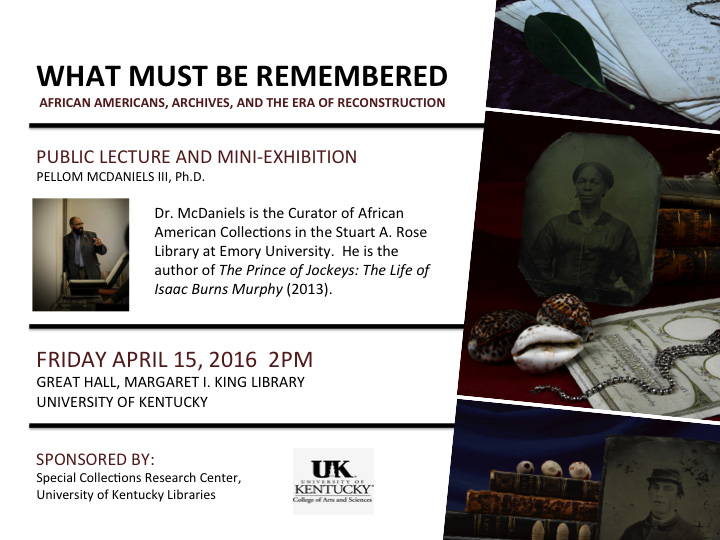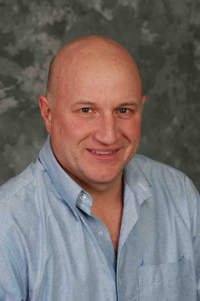Movie Viewing - "The Perks of Being a Wallflower"
Join Hall Goverment, WIRED, and your fellow hall mates in watching the movie "The Perks of Being a Wallflower"! This will be a Wired event!
Join Hall Goverment, WIRED, and your fellow hall mates in watching the movie "The Perks of Being a Wallflower"! This will be a Wired event!
Join Hall Government, WIRED, and your fellow hall mates in discussing the book, 'The Perks of Being a Wallflower". This will be a Wired event!!
Come celebrate all of your hard work with ice cream and games with your Wired family!!! This will count as a Wired event!!

There will be a Ceremony and Reception to honor the recipients of College Awards on Wednesday, April 27, from 4-5:30 pm in the WT Young Library Auditorium.
Session 3: 9:00 – 10:45
Rochelle Davis, Associate Professor of Cultural Anthropology at the Edmund A. Walsh School of Foreign Service, Georgetown University
"Gendered Vulnerability and Forced Conscription in the War in Syria"
Moderator: Anahid Matossian, Department of Anthropology
Discussants: Diane King and Kristin Monroe, Department of Anthropology
Session 4: 11:00 – 12:30
Concluding Forum and Discussion
Moderator: Srimati Basu, Department of Gender and Women’s Studies
Session 1: 3:30 – 5:15
Purnima Bose, Associate Professor of English, Indiana University
"The Capitalist-Rescue Narrative and the War on Terror"
Moderator: Amy Murrell Taylor, Department of History
Discussant, Francie Chassen-Lopez, Department of History
Session 2: 5:30- 7:15
Sue Grayzel, Professor of History and Director of the Sarah Isom Center for Women and Gender Studies, University of Mississippi
"All are Now in the Line of Fire:" Gender and the Defence of Civilian Bodies in the Interwar British Empire
Moderator: Carmen Moreno-Nuño, Department of Hispanic Studies
Discussant: Pearl James, Department of English
Abstract: Lithium-ion batteries are amazing. They power our phones, tools and now vehicles. Unfortunately they eventually die. Creating a Li-ion cell that lasts a long time (decades) is very difficult but proving that it will is much more difficult. I will discuss the reasons why Li-ion batteries die and how advanced diagnostics can be used to select new electrolyte formulations that improve the lifetime of Li-ion cells to the decades-long scale. Tesla will enter into a 5 year research partnership with us in June 2016.
Prof. Dahn is recognized as one of the pioneering developers of lithium-ion batteries. His recent research concentrates on the application of combinatorial materials science methods to battery and fuel cell problems.
http://www.dal.ca/diff/dahn.html

This seminar is hosted by the NSF EPSCoR award through the Energy Storage Seminar Series in Pillar 3.
contact: Susan Odom, Department of Chemistry
Learning About When and Where from Imagery
Speaker: Nathan Jacobs, University of Kentucky
Abstract:
Every day billions of images are uploaded to the Internet. Together they provide many high-resolution pictures of the world, from panoramic views of natural landscapes to detailed views of what someone had for dinner. Many are tagged with when and where the picture was taken, thus providing an opportunity to better understand how the appearance of objects and scenes varies with respect to location and time. This talk describes my work in using learning-based methods to extract geo-spatial properties from imagery. In particular, I will focus on two recent research thrusts: using deep convolutional neural networks to geo-calibrate social network imagery and using such imagery to build geo-temporal models of human appearance.
BIO:
Nathan Jacobs earned a PhD in Computer Science at Washington University in St. Louis (2010). Since then, he has been an Assistant Professor of Computer Science at the University of Kentucky. Dr. Jacobs' research area is computer vision; his specialty is developing learning-based algorithms and systems for processing large-scale image collections. His is a recipient of an NSF CAREER award, and his research has been funded by ARMY-SMDC, ARL, DARPA, Google, IARPA, NGA, and NIH. His current focus is on developing techniques for mining information about people and the natural world from geotagged imagery, including images from social networks, publicly available outdoor webcams, and satellites.